Have you ever wondered what makes survival food different from the regular fare you enjoy on a daily basis? The contrast isn’t just about what’s on the plate but covers various aspects like shelf life, nutritional content, and even packaging. Understanding these differences can be crucial whether you’re prepping for an emergency, planning a long hiking trip, or simply curious.
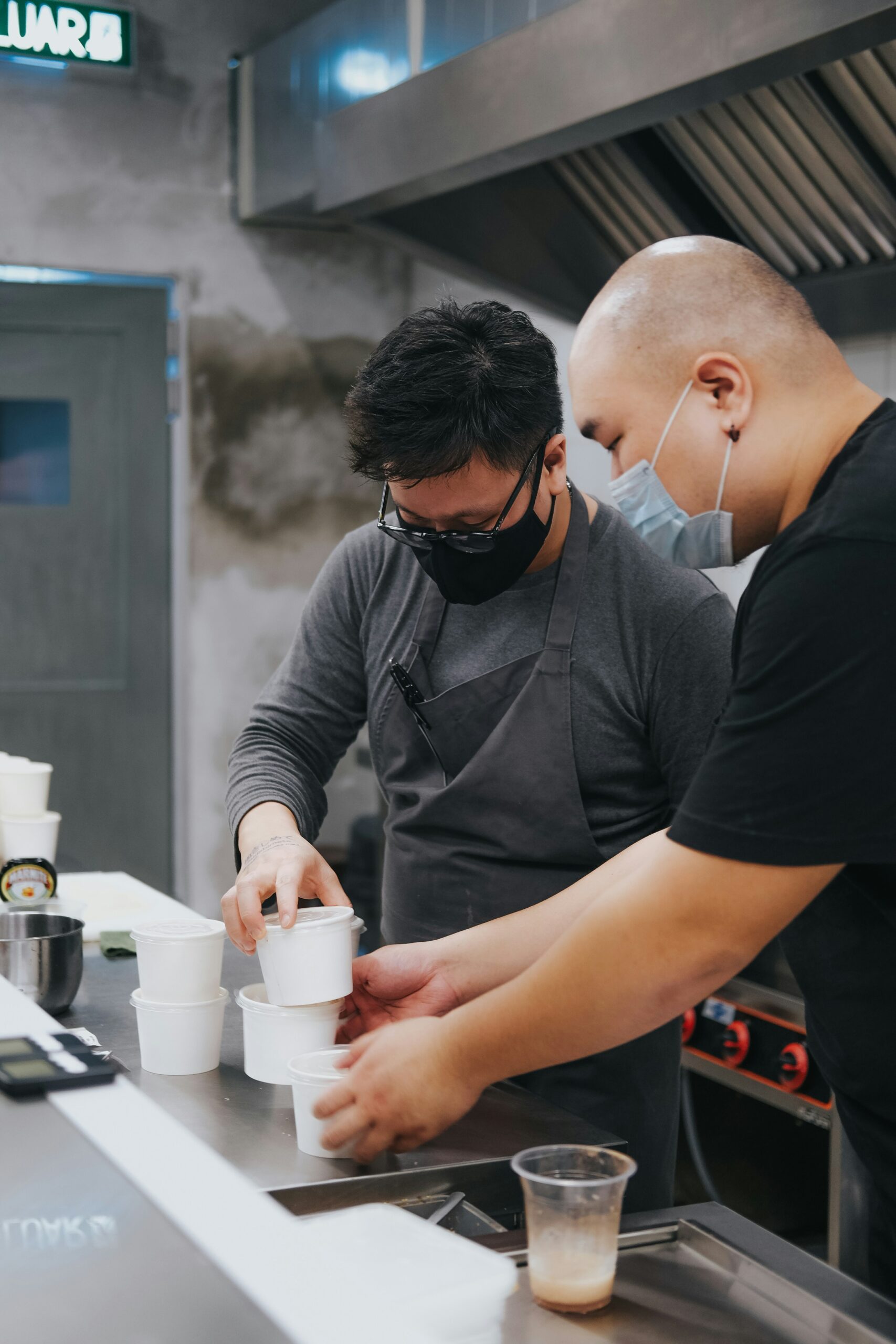
Understanding Survival Food
Survival food is designed with specific needs in mind. These needs often revolve around long-term storage, ease of preparation, and providing essential nutrients in times of scarcity. So what makes survival food stand out?
Longevity and Shelf Life
One of the defining features of survival food is its extended shelf life. Unlike regular food, which might spoil within days or weeks, survival food can last for months or even years under proper storage conditions.
| Type of Food | Shelf Life (Regular) | Shelf Life (Survival) |
|---|---|---|
| Fresh Vegetables | 1 week | 25 years (freeze-dried) |
| Canned Goods | 2-5 years | 20-30 years |
| Dairy Products | 1-2 weeks | 20 years (powdered) |
| Meat | 1-4 days (fresh) | 25 years (dehydrated) |
Nutritional Content
Survival food is engineered to provide maximum nutrition in minimal servings. It’s often calorie-dense and packed with essential vitamins and minerals to keep your body functioning optimally in emergency situations.
Regular Food: These are your daily meals, containing fresh ingredients, offering varied taste and nutrition but not optimized for long-term needs.
Survival Food: Meant to supply high-calorie content and essential nutrients. For instance, a single ration could provide everything from protein to electrolytes, ensuring you stay energized and hydrated.
Packaging for Durability
Survival foods often come in durable, weather-resistant packaging to ensure longevity. Mylar bags, vacuum-sealed pouches, and airtight containers are commonly used to keep moisture and contaminants at bay.
Regular Food Packaging: Typical packaging is designed for short-term use and storage in controlled environments like your pantry or fridge.
Survival Food Packaging: Built to withstand extreme conditions, these packages are impermeable to air and moisture, often with resealable features to keep food fresh even after opening.
Types of Survival Food
There is a wide array of different types of survival food available, each designed to meet different needs and preferences.
Freeze-Dried Food
Freeze-drying removes the moisture from food, helping it maintain its texture, flavor, and nutritional value over long periods.
Advantages:
- Lightweight and easy to carry.
- Quick and simple preparation (just add water).
Disadvantages:
- Can be more expensive due to the freeze-drying process.
Dehydrated Food
Dehydrating food removes moisture but not as thoroughly as freeze-drying. This process results in denser, often chewier food options.
Advantages:
- Less expensive compared to freeze-dried food.
- Can be reconstituted with water to regain original texture.
Disadvantages:
- Some nutritional loss during dehydration.
- Heavier than freeze-dried options.
MREs (Meals Ready to Eat)
Originally developed for the military, MREs are complete meal kits that require no preparation.
Advantages:
- Ready to eat without any preparation.
- Comes with additional items like utensils and heaters.
Disadvantages:
- Bulkier and heavier.
- Often high in sodium and preservatives.
Canned Goods
A classic and widely available type of survival food, canned goods can offer a variety of meals and ingredients.
Advantages:
- Easily accessible and relatively inexpensive.
- Long shelf life.
Disadvantages:
- Heavy and bulky.
- Potential BPA and other chemicals in the can lining.
Powdered Foods
From soups to milk, powdered foods are another staple in survival food kits.
Advantages:
- Lightweight and space-saving.
- Long shelf life and versatile applications.
Disadvantages:
- Requires water for preparation.
- Often less flavor compared to fresh or freeze-dried options.
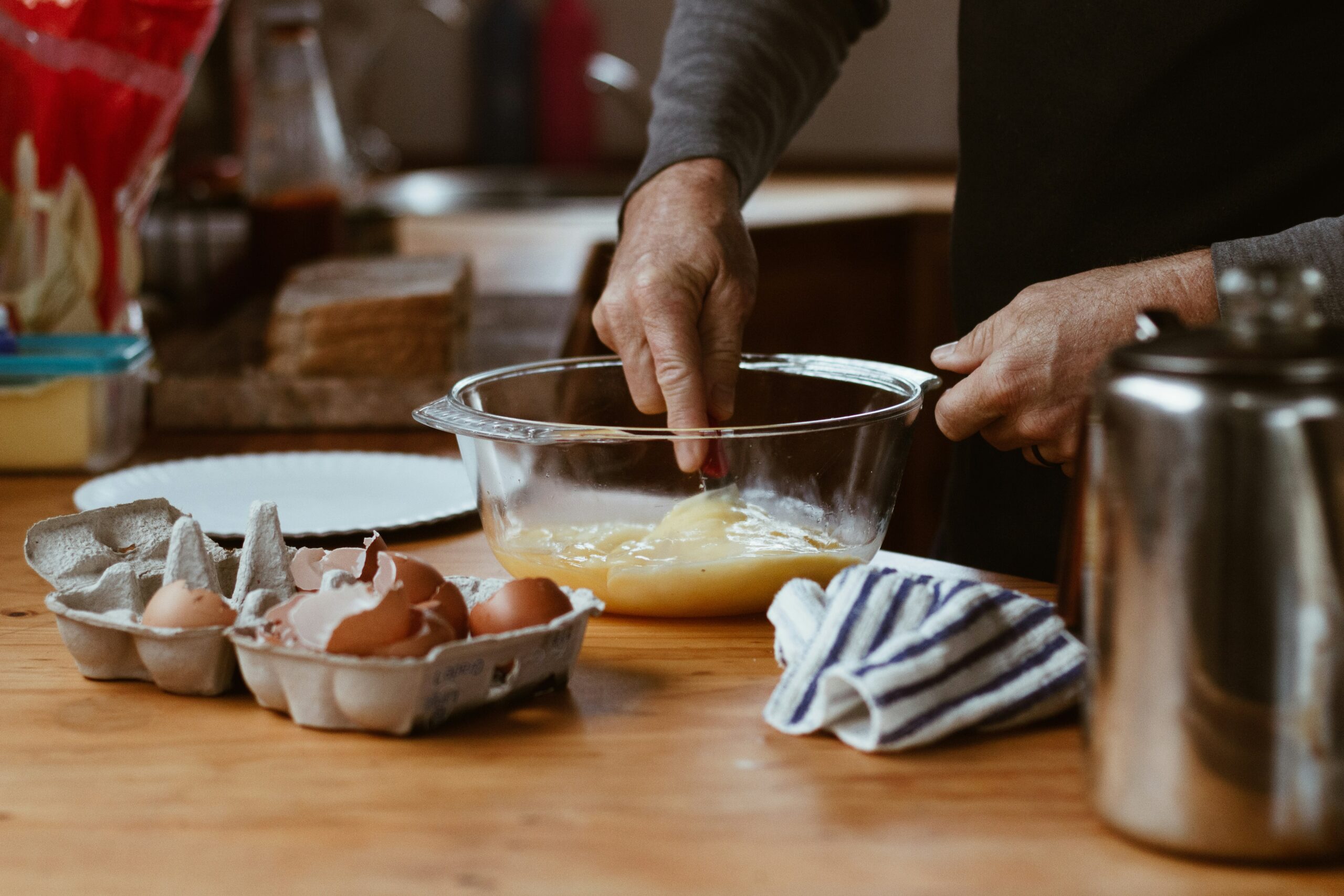
Understanding Regular Food
Regular food is what you consume on a daily basis. It’s fresh, needs proper storage, and is a staple in your everyday diet.
Fresh Food
Fresh food includes fruits, vegetables, meats, and dairy products. These items require refrigeration or proper storage to maintain their freshness and nutritional value.
Advantages:
- High in nutritional value.
- Rich in flavors and textures.
Disadvantages:
- Perishable, with a short shelf life.
- Requires refrigeration.
Processed Food
Processed foods are items that have gone through certain processes to increase shelf life or improve taste. This category includes frozen meals, snacks, and ready-to-eat items.
Advantages:
- Convenient and quick to prepare.
- Available in a wide variety of options.
Disadvantages:
- Often high in sodium, sugars, and preservatives.
- Nutritional value can be lower than fresh alternatives.
Organic and Whole Foods
Organic foods are grown without the use of synthetic pesticides and fertilizers. Whole foods are minimally processed, offering the closest nutrition to their natural state.
Advantages:
- Often richer in nutrients and free from harmful chemicals.
- Environmentally friendly and sustainable.
Disadvantages:
- Generally more expensive.
- Limited shelf life compared to processed counterparts.
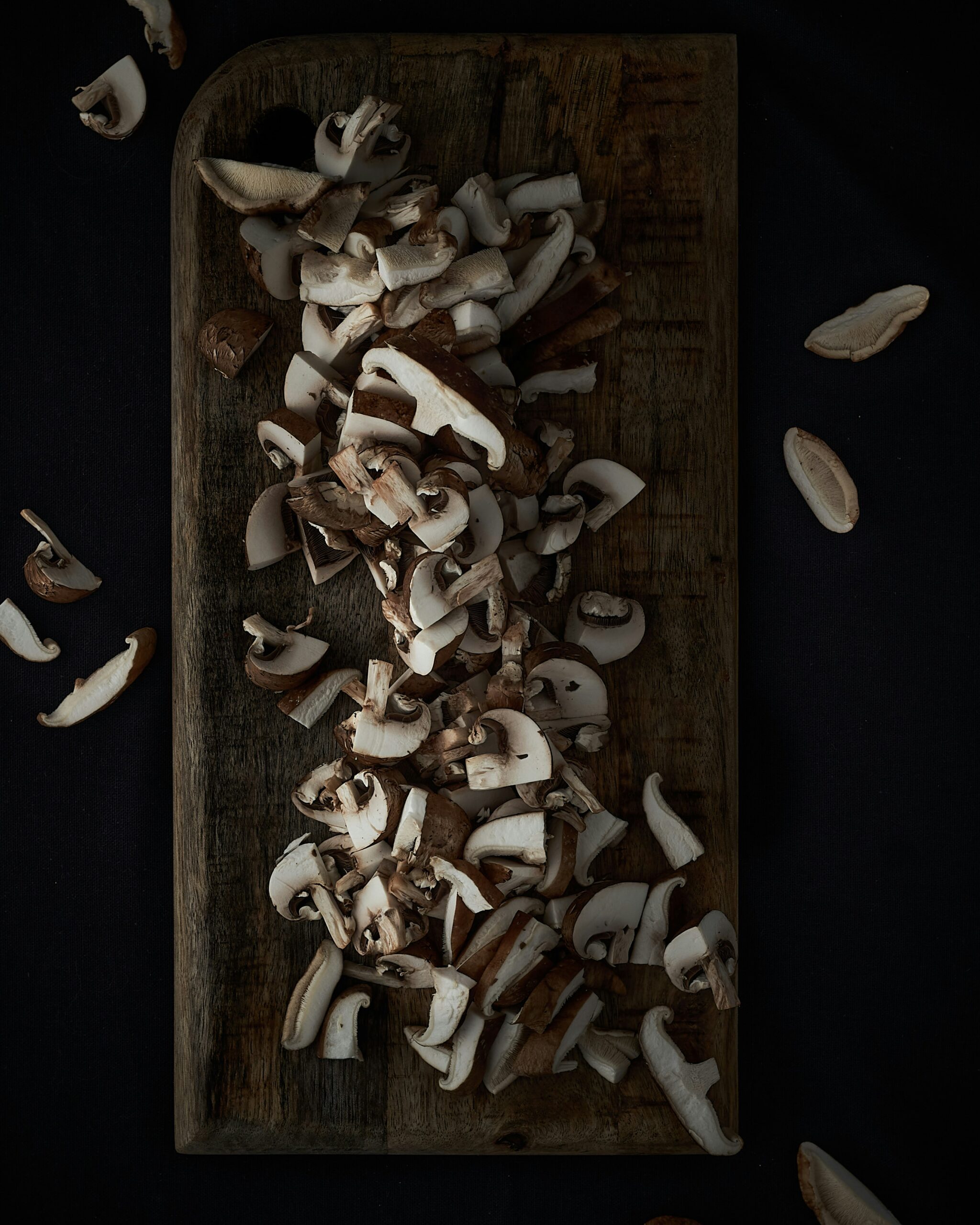
Comparing Survival Food and Regular Food
Nutritional Needs vs. Preferences
Survival food prioritizes meeting your essential nutritional needs with high-calorie and nutrient-dense options. Regular food, on the other hand, balances nutrition with taste, variety, and freshness.
| Aspect | Survival Food | Regular Food |
|---|---|---|
| Nutritional Focus | High nutrition, calorie-dense | Balanced nutrition and flavor |
| Shelf Life | Long-term (years) | Short-term (days to weeks) |
| Preparation | Minimal to none | Varies (from complex to simple) |
| Packaging | Durable and weather-resistant | Designed for short-term storage |
Usage Scenarios
Survival food is essential for emergency situations, long-term storage, and extreme conditions like hiking, camping, or military use. Regular food fits your daily lifestyle, providing the nutrition and taste you enjoy at home.
Survival Food Uses:
- Emergency kits
- Hiking and camping
- Long-term food storage
Regular Food Uses:
- Daily meals
- Social gatherings
- Culinary experiments
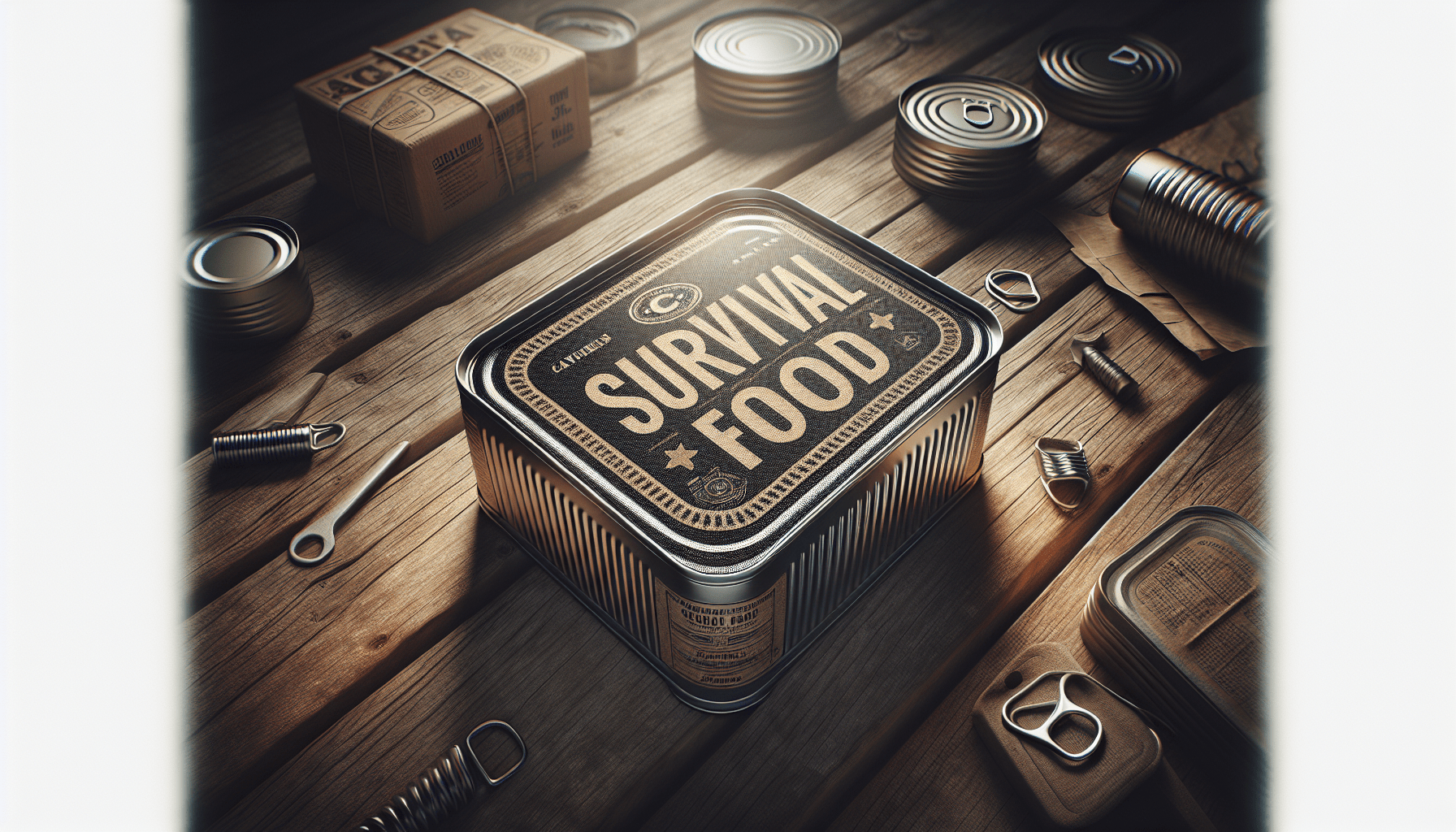
Practical Application
Building Your Emergency Kit
Knowing what to include in your emergency kit can be life-saving. Prioritize high-calorie, easily storable items like freeze-dried meals, MREs, and canned goods.
Stocking Up for Home Use
It’s also useful to have a balance of survival food and regular food at home. This preparation can ensure you’re ready for any scenario, from power outages to natural disasters.
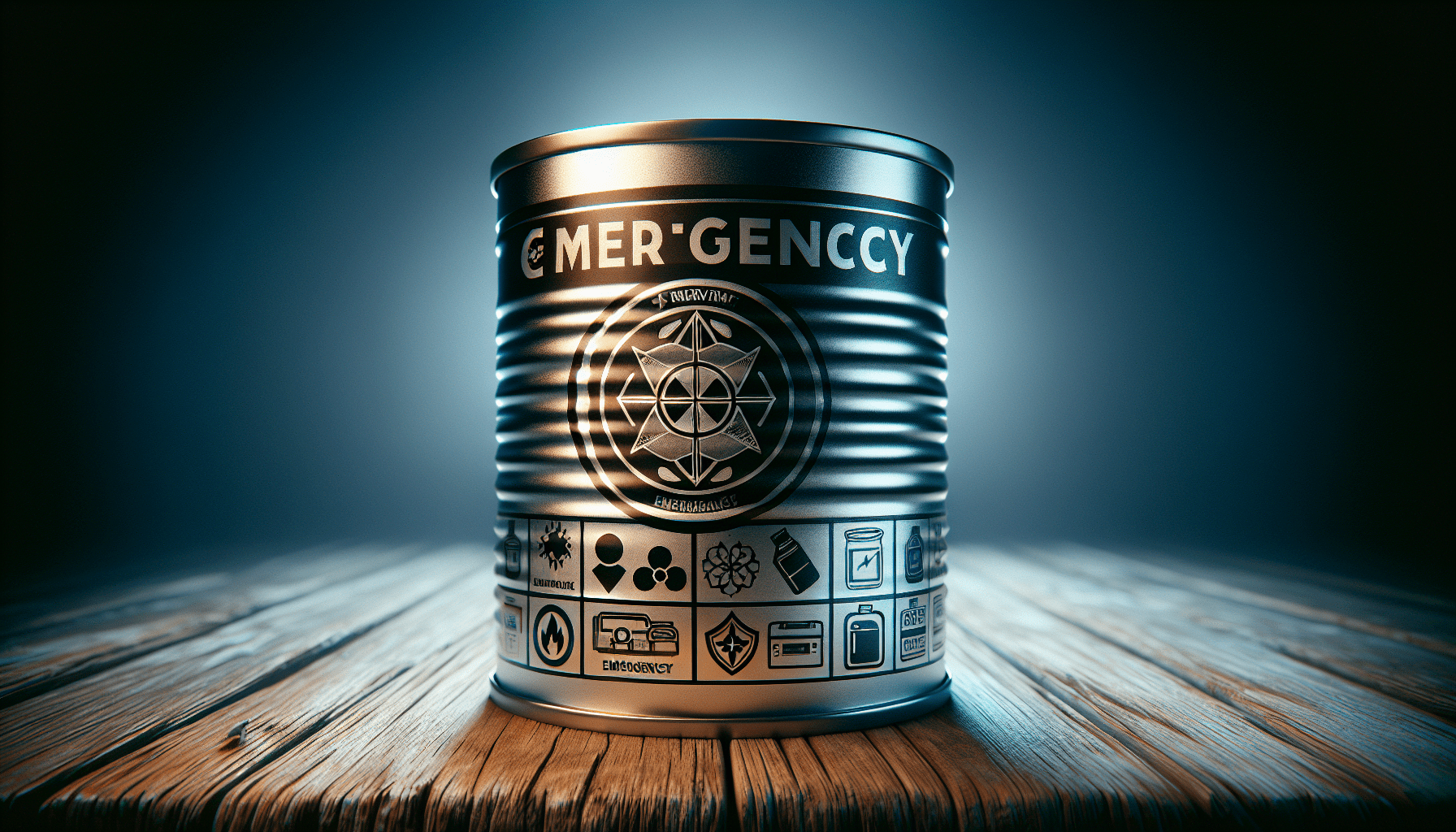
Conclusion
Understanding the difference between survival food and regular food can significantly affect your preparedness for emergencies. While survival food provides long-lasting, nutrient-dense options for extreme conditions, regular food offers daily sustenance with a focus on flavor and variety. By recognizing the strengths and limitations of each, you can better prepare for various scenarios and ensure your nutritional needs are always met.
Remember, the right balance of both survival and regular food can prepare you for anything life throws your way.
I hope this comprehensive breakdown has helped clarify the unique aspects and applications of survival food compared to regular food. It’s all about being prepared, no matter the situation.

